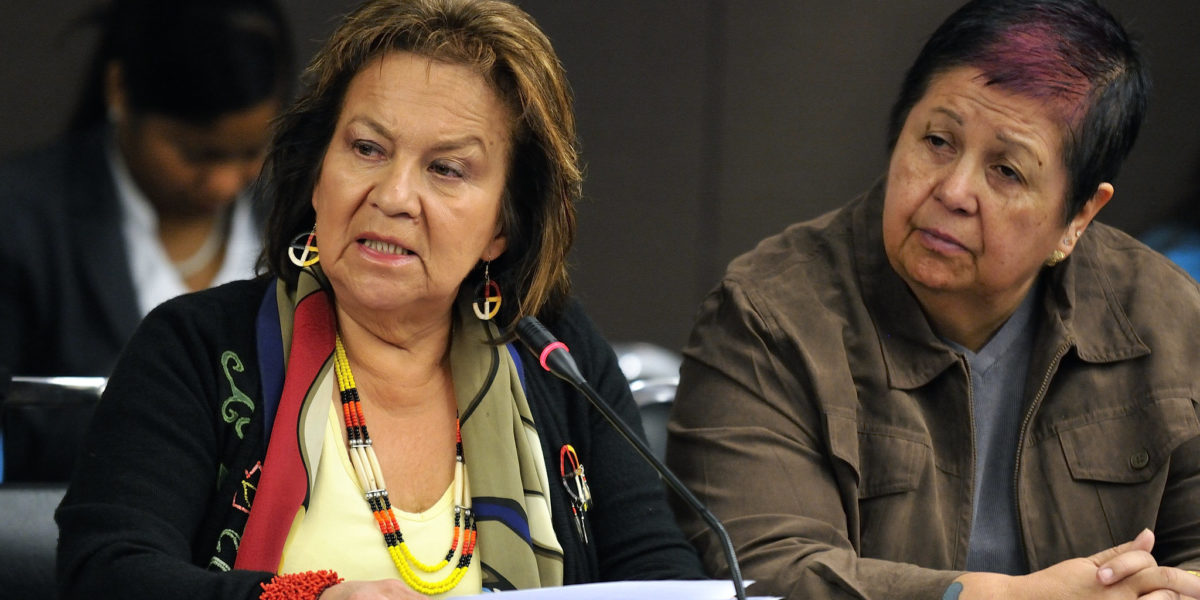During a lecture in my Women and Islam course, I challenged the notion of ‘honour killings’ – a racially-loaded accusation often issued against Muslims, when men are suspected of killing a woman in their family to protect their ‘honour.’ I strived to convince my class to consider a broader and more accurate term: femicide.
My argument is simple: there is no ‘acceptable’ crime against women. The identity and ethnic background of both the victim and the killer does not change this fact. All these crimes are despicable and should be prevented, vehemently denounced, and prosecuted.
Unfortunately, my attempt to nuance my students’ perception was met with some skepticism. Many of them still believed that religious or cultural motivations for murdering women makes the crime more serious or at least less justifiable than in other cases where those motivations seem absent.
The infamous case of the Shafia family
In the 2012 trial, crown prosecutors maintained that three family members (father, brother, and mother) colluded to kill four women: three sisters and the father’s first wife. The family is of Afghan origin, Mohammad Shafia, with the complicity of his son and his wife, was found guilty of murder. Before the beginning of the trial, the phrase ‘honour killing’ was parroted in the media.
This perfectly exemplifies how the media coverage makes some crimes look more despicable than others. Other similar crimes, in intensity and violence, committed by a white man, are not labelled as ‘honour killings’, do not receive the same coverage and may appear as less horrifying.
Femicide in Canada
We must never forget the missing and murdered Indigenous women and girls. The violence and trauma surrounding these murders and disappearances still affect many Indigenous families and communities. Despite more media attention in recent years and the many reports commissioned about these cases, Indigenous women are disproportionately affected by the femicide epidemic.
The history of carelessness and complicity from the RCMP, local police forces, and the Canadian public is undeniable.
A few weeks ago, a Tibetan woman in her twenties was attacked and set on fire at Toronto’s Kipling station. She was hospitalized for critical second and third degrees burns and sadly passed away few days after the attack.
The Toronto police kept insisting that the crime is random and yet, hate-motivated, but they would not clarify why they believed so. The motives of the killer are clearly important for prosecution and the prevention of these crimes.
This crime remains a femicide: a woman was killed by a man because of her gender.
Recently, a three-week long coroner’s inquest in Renfrew, Ontario, heard testimony on the case of three women who were all killed by same man, on the same day in 2015. The jurors made 86 recommendations to prevent intimate partner violence. Among others: including psychological abuse, also known as coercive control, as well as femicide in the Criminal Code of Canada.
These recommendations made to the Ontario government are not binding but if applied I believe will enlarge the definition femicide and recognize its unique characteristics.
Instead of further stigmatizing some communities by creating double standards of gravity, double standards of coverage, and double standards of prosecution, it is crucial that we understand femicide as emanating from a hatred and need to exert violent power over women.
Of course, any crime can be layered with culture, tradition, socio-economic factors. But they shouldn’t be emphasized as the only motivation of the crime.
Femicide around the world
In Egypt and Jordan, two recent cases shook public opinion. A student, Naira Ashraf, was stabbed in front of Mansoura University in Egypt by a man who stalked her online and insisted on marrying her. When she rejected him and refused his marriage proposals, he beat her and stabbed her in broad daylight and in front of bystanders.
A few days later, Iman Rashid, was fatally shot at her university campus in Amman, Jordan. It is not known what the relation between her and the killer was. But it has been reported that the killer shot himself when the police came after him and has since died.
In the case of Naira Ashraf, the killer was sentenced to death, in an attempt to calm the public, as if killing another human being, despite being a criminal, is going to put an end to gender-based violence.
A global rise in cases of femicide
In February, the Edraak Foundation for Development and Equality released a report detailing a noteworthy rise in gender-based violence in Egypt. The report recorded 813 cases of violence against women and girls in 2021, compared with 415 such crimes in 2020. Unfortunately, despite some progress, cultural understanding and legislation are very slow to change.
This is not isolated to one part of the world.
In Quebec alone, there were 18 possible femicides in 2021 and four possible femicides in 2022. The victims were from different ethno-cultural and socio-economic backgrounds. The Canadian Femicide Observatory for Justice and Accountability said using the term femicide “can contribute to public awareness about and reduce tolerance toward violence against women. Public awareness can be further enhanced when root causes of femicide are identified.”
Right now, police services in Canada still refuse to use the word.
It is time to change mentalities and the practices. If we want to put an end to femicide, media, politicians and laws should seriously embrace and reflect this definition in their institutions.



